Double Trapping
If you double-trap a return line, the condensate will barely move.
In few industries problems related to condensate drainage are observed because of double trapping in condensate return lines. Two traps are installed in series down the line. This issue is called as “Double Trapping”
Double trapping usually done as a kind of back up trap to the first trap or to compensate when multiple traps failed upstream. Double trapping is not considered as good engineering practice in neither of the cases.
This kind of installations would lead to trap blocking and water logging in the equipment.
Remember, where there is no difference in pressure there can be no flow. So the condensate lies in the pipe and blocks the air that’s trying to vent. There’s no heat because if the air can’t get out, the steam can’t get in. Oh, and the boiler will probably go off on low-water because the condensate isn’t returning.
The automatic feeder will open to replace the water that’s not returning, and when the steaming cycle is over and the condensate finally does return, the boilerwill flood. Or the feed pump’s receiver will overflow. And it’s all because of the double traps.
Double Trapping Does More Harm Than Good
Installing two traps in series might appear to be useful as:
- A back-up in case the first trap fails, or as a way to quickly stop steam leaks before blowing out a vent
- A way to reduce vapor clouds
However, a simple look at the operating mechanism of steam traps can explain why installing of two traps in series is never recommended and not a common best engineering practice.
Reasons Why Double Trapping Doesn't Work
1. TO AVOID FLOW OF FLASH/LIVE STEAM
Case 1.If a trap has failed, it will leak live steam.
Case 2.If it functions properly, then a portion of the discharged condensate will flash into steam because of the pressure differential.
In both cases, when two traps are set in series, live or flash steam exits the first trap with multiple effects:
- Backpressure on the system increases (due to the restriction of the second trap and piping diameter for the steam encountered)
- The second trap is closed by the presence of steam (steam locking), thus interrupting flow
- Water logging and water hammer are two subsequent negative effects.
2.DELTA P (PRESSURE DIFFERENTIAL) AND TRAP SIZE
A single trap would have the sizing benefit of usingthe full pressure differential between inlet and outlet when selected. When double trapping is used, the pressure differential has to be divided between two traps. The result is that a small single trap would need to be replaced by two traps larger than the single one.
Even so, as mentioned above, the second trap will close on live or flash steam, so continuous flow is impeded and causes waterlogging. Additionally, in cases of higher backpressure in the return line, one of the traps may need to be substantially larger to adjust for the smaller differential pressure across it to avoid a “stall” condition.
Even if both traps are oversized, another reason to avoid double trapping is the likelihood that problems arise from differences in the timing of the operating cycles of both traps.
Resolving Problems Related to Condensate Discharge
Whether issue is steam locking or the lack of discharge on the second trap, double-trapping leads to water hammer or other serious problems which are avoided at any cost.
As a basic principle, if trap failure is a concern, we recommend of maintaining spare traps in hand for quick replacement of faulty traps this can also avoid energy losses immediately, isolation valve should always be installed at the inlet and outlet side of steam traps to allow for quick and easily replacement. Often, a bypass valve to drain may also be installed.
If vapor clouds from condensate discharge are a concern, setting up a Uni Klinger flash steam vessel to collect and possibly reuse flash steam will help reduce visible steam clouds in addition to helping improve overall efficiency of the steam system.

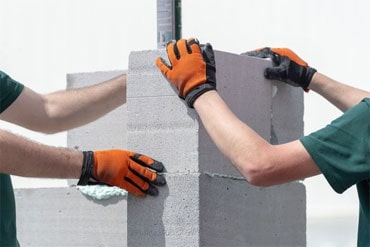 Aerated Concrete Block Industry
Aerated Concrete Block Industry 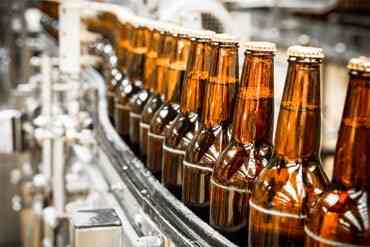 Brewery Industry
Brewery Industry 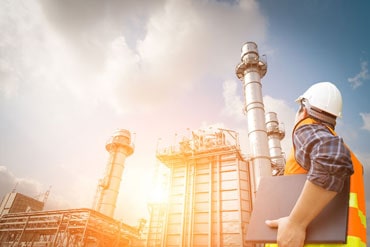 Captive Cogen Industry
Captive Cogen Industry 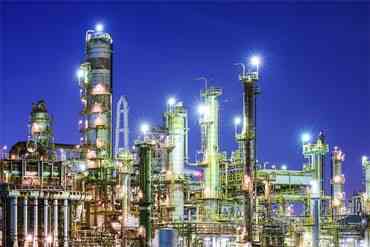 Chemical Industry
Chemical Industry  Dairy Industry
Dairy Industry 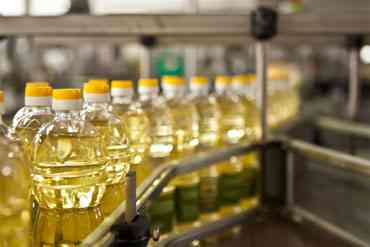 Edible Oil Industry
Edible Oil Industry 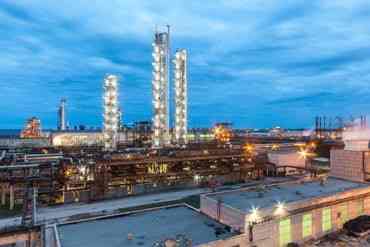 Fertilizer Industry
Fertilizer Industry  Hotel Industry
Hotel Industry 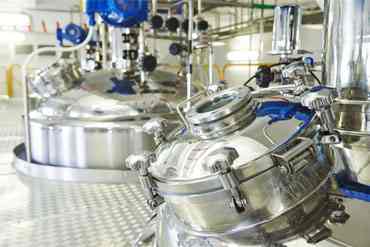 Pharma Industry
Pharma Industry 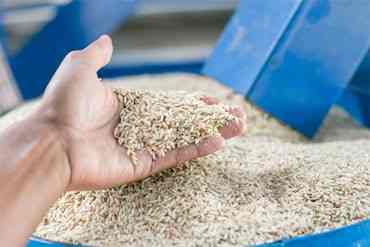 Rice Industry
Rice Industry 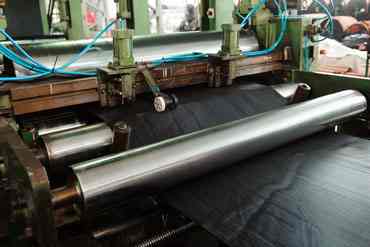 Rubber Industry
Rubber Industry  Soap Industry
Soap Industry  Sugar Industry
Sugar Industry  Textile Industry
Textile Industry 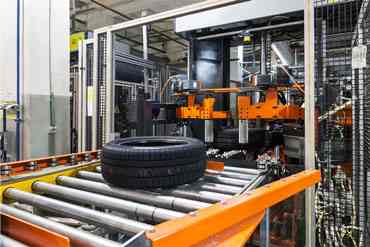 Tyre Industry
Tyre Industry